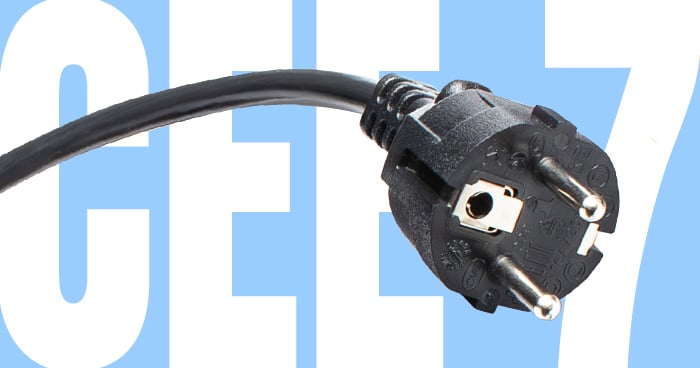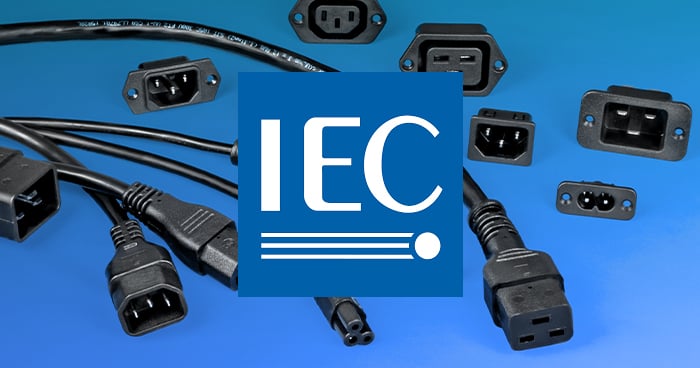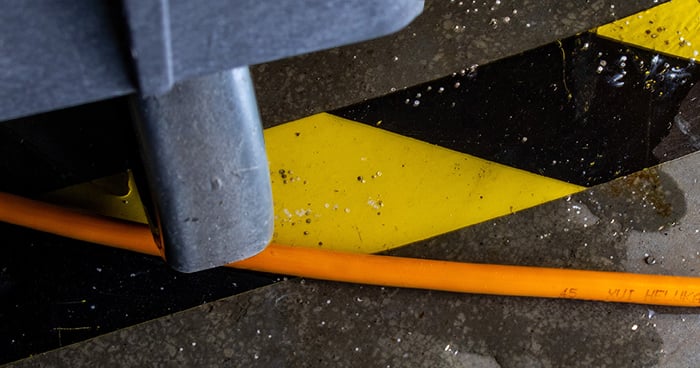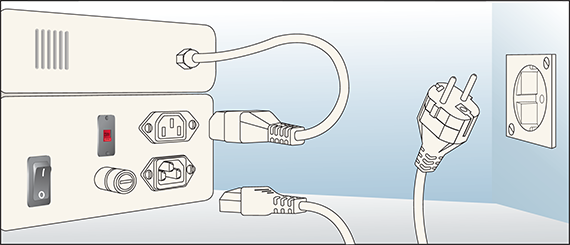Recent Posts
A Partial Review of the CEE 7 Standard’s Plugs and Sockets
Posted on 11/21/25 10:54 AM
Note: Though the CEE 7 standard was superseded by the IEC 60083 standard, many of the plugs and sockets have changed little in design—but perhaps more in material—since the last CEE 7 update was published. Despite the very earliest CEE 7 plugs and sockets having been more or less obsoleted, you will still find a few of them hiding out indoors in a few countries—specifically CEE 7/1 and 7/2, which were not grounded (earthed) plugs and sockets. However, the 7/3 German Type F socket that came soon after the 7/1 and 7/2 was the first grounded socket in the CEE 7 series.
Topics: compliance standards, CEE
The International Electrotechnical Commission—Setting the Standards
Posted on 10/31/25 8:29 AM
What the IEC Does and Doesn’t Do The International Electrotechnical Commission (IEC), né Commission électrotechnique internationale, is an international standards organization headquartered in Geneva, Switzerland, which writes and publishes international standards. IEC standards have been adopted by a majority of nations worldwide. Unlike safety agencies such as UL or VDE, the IEC does not test or certify its IEC 60320 electrical components—the safety agencies do that. While the standards are not codified or enforced by the IEC, the agencies representing countries worldwide—such as those listed above—can demand compliance from manufacturers to meet IEC standards as written. In Europe alone, 80% of European and electronic standards are IEC standards.
Topics: Accessory Power
The Robust H05BQ-F Harmonized Cable That Even Smokey the Bear Could Endorse
Posted on 9/30/25 2:45 PM
Polymer pioneers in the 1960s and 1970s experimented with multiple thermoplastics to create a low-smoke and zero-halogen (LSZH) cable for the wire and cable industry. Despite achieving low-smoke low-halogen (LSLH) cable, the work of these scientists and engineers was not in vain—in 1979, Richard Skipper of the Raychem Corporation in Menlo Park, California, developed a thermoplastic infused with aluminum trihydrate to create the first LSZH thermoplastic. Aluminum trihydrate [Al(OH)₃] is a white, odorless powder derived from bauxite and commonly used as a flame retardant. The new patent greatly minimized flames and smoke when subjected to intense heat. According to the universal Harmonized Wire Coding System (a one-page download available at the end of this article), the alpha-numeric code of H05BQ-F lets users know the cable is LSZH because of its specific jacket and insulation compositions, as well as its fine-wire flexibility. This cable is further described in paragraph four.
Topics: cable, international cable
U.S. Manufacturing Update—Summer of 2025
Posted on 8/28/25 7:35 AM
According to a recent report published by the St. Louis Federal Reserve on August 12, 2025, the number of U.S. manufacturers rose in the U.S. from 336,000 in 2014 to 401,000 toward the end of 2024.
Topics: manufacturing
“Rock Out” with a Double-pole, Single-throw Rocker SwitchRocker Switch
Posted on 7/30/25 10:16 AM
A switch is an electrical component used in equipment to “switch” power on and off—technically its function is to open and close a circuit. An open circuit (indicated by a “O” on the rocker) turns devices off, and closing them turns the device on (indicated by a “—” on the rocker) which allows the current to flow again. While it sounds somewhat backwards, it’s the nomenclature of electrical circuits.
Topics: product design, rocker switch









